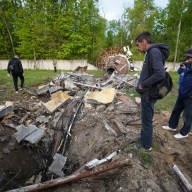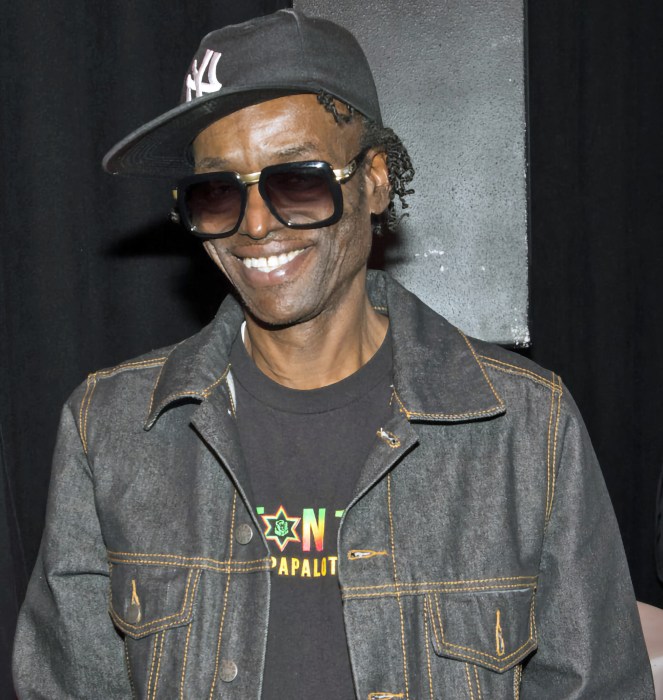”The Walking Dead” is one of the most popular shows on TV. Its season premiere last week saw 10.1 million viewers — 15.2 million if you include the two encores that ran the same evening. What makes this show about zombies so popular?
“It really puts viewers into a moral dilemma,” says Murali Balaji, assistant professor of media studies and production at Temple University in Philadelphia. “People wonder what would they do if they were in such an extreme situation.”
Balaji, who teaches courses in both media theory and popular culture, points out that it’s not actually the zombies who are the most dangerous enemies. “What’s interesting is that the survivors view fellow survivors as suspiciously, or even more suspiciously, as the zombies themselves,” he says. “There’s a line from the graphic novel that the show is based on: ‘It’s not the dead I fear, it’s the living.’ That resonates with us — we all struggle with dilemmas of trust.”
Zombie stories have been increasingly popular during the past 10 years, which may reflect our end-of-the-world fears. “Whether it’s bioterrorism, a disease outbreak or a nuclear accident, this is something that people could see happening,” Balaji says.
A seasonal affliction
Our attraction to zombies may be heightened during the election season — seriously.
“We’re increasingly isolated from one another,” says Balaji. “People become consumed in their own tribes, and more and more disconnected.”
















